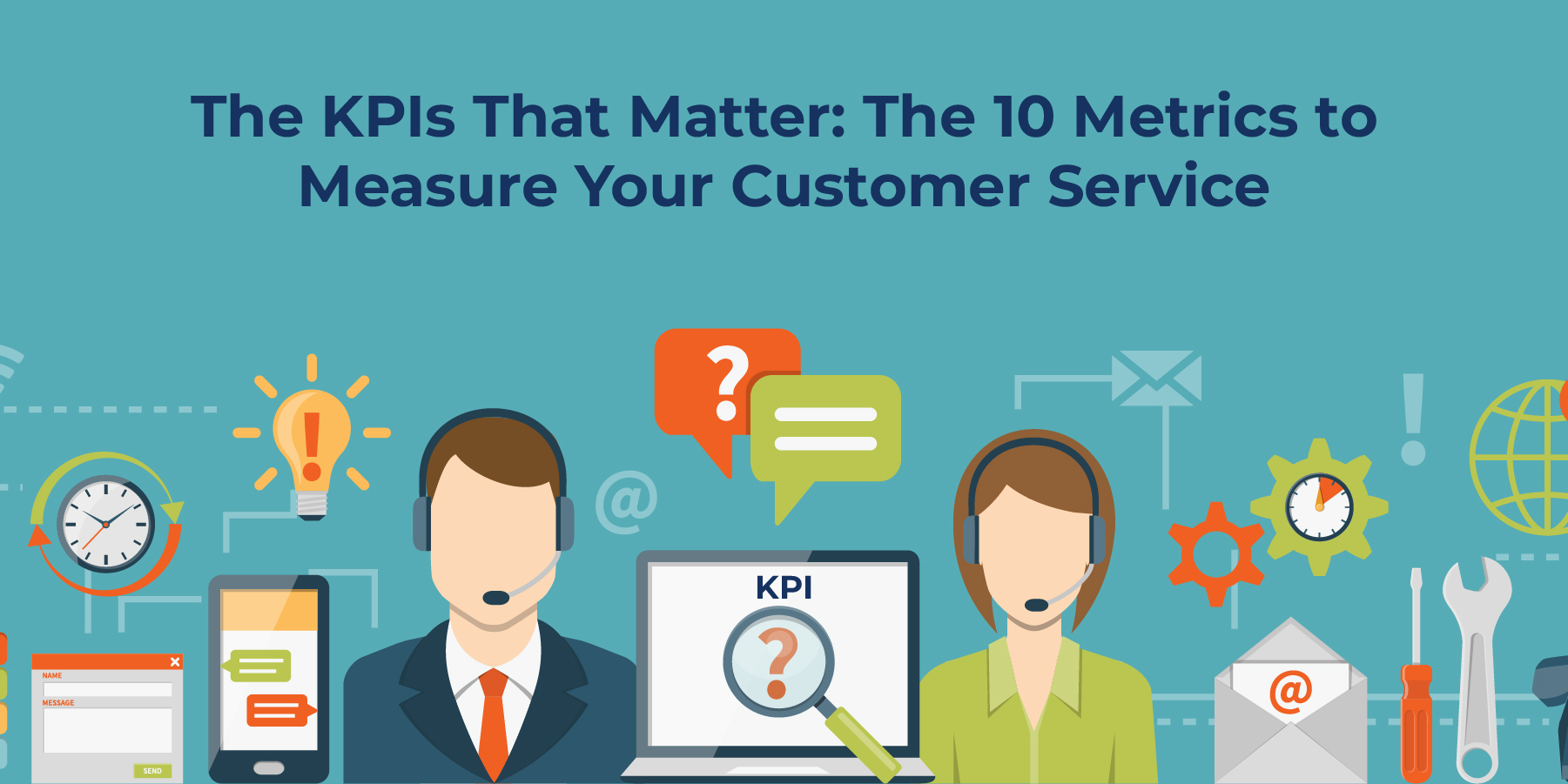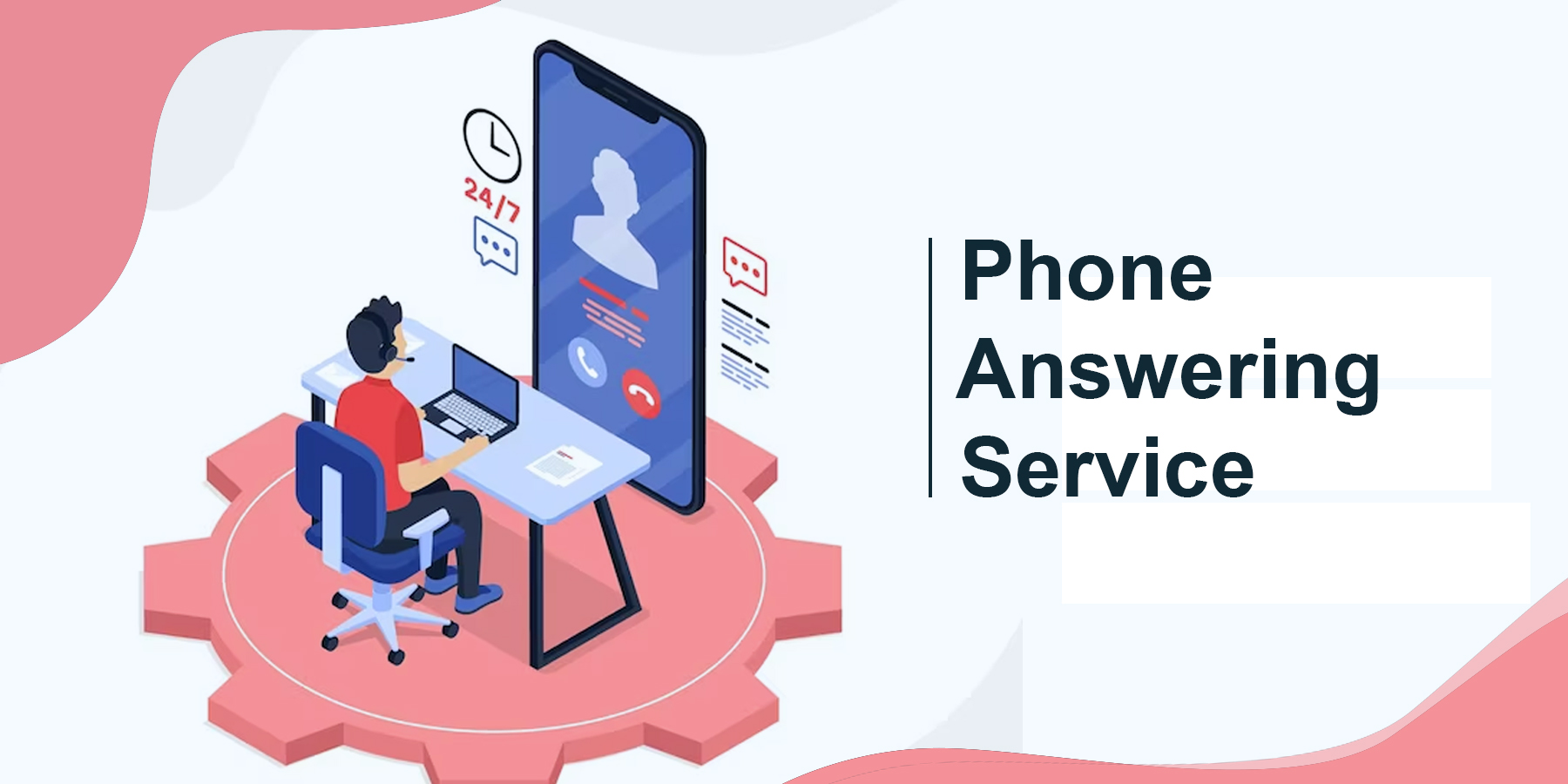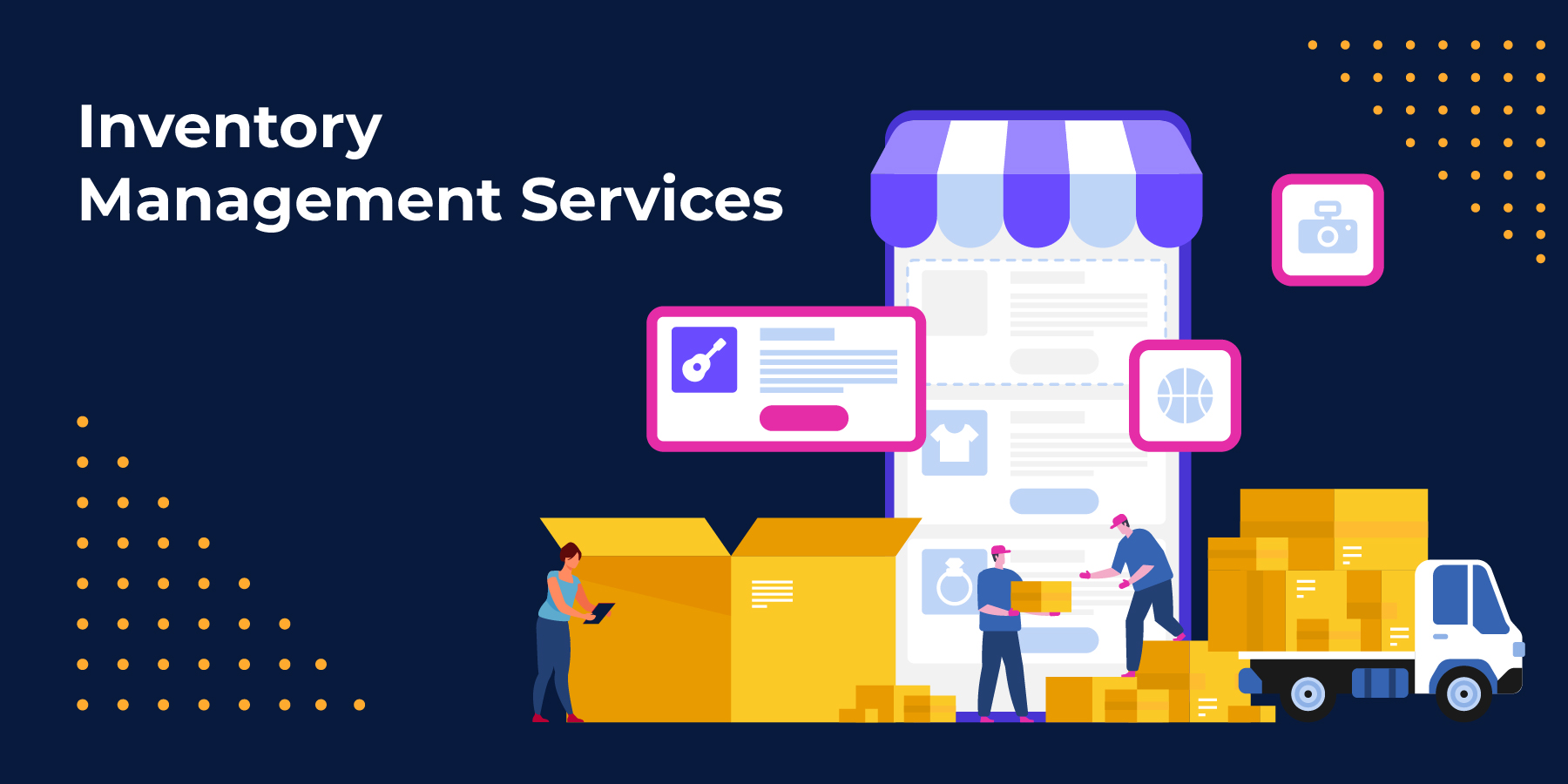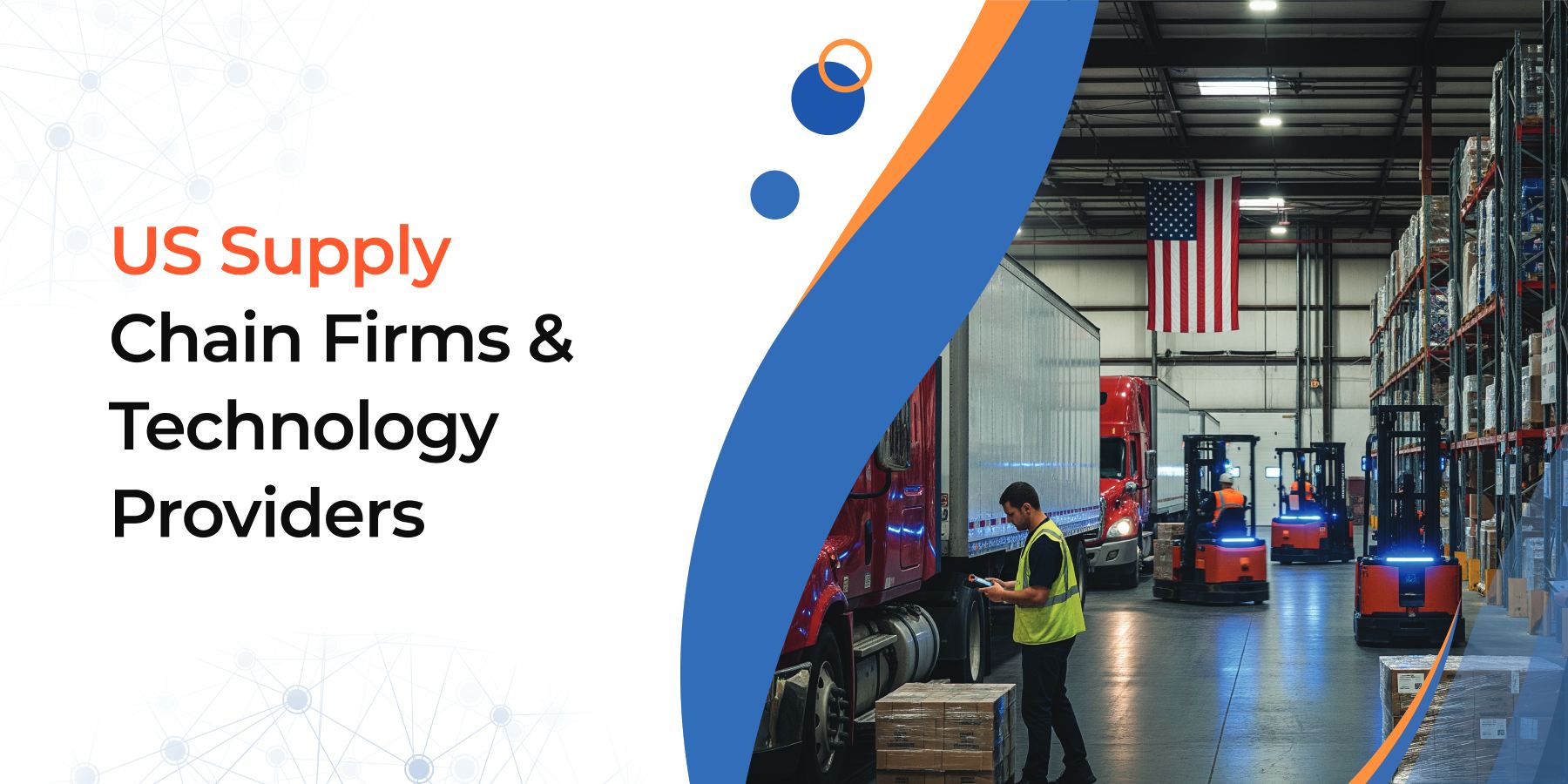When was the last time you measured how your support team feels to a customer?
If your answer is buried in “ticket resolution time” or “first-call response,” you’re only halfway there. In 2025, tracking Customer Service KPI is no longer about boring dashboards. It's a reality check on whether your team is creating wow or meh.
Key performance indicators aren’t numbers. The truth lies in their stories and patterns. They are predictors of whether your brand stays adored or abandoned.
Let’s unravel this world of customer service metrics, where satisfaction wears many faces and KPIs for customer service don’t always mean what you think they do.
Table of Contents
Understanding the Customer Service KPI Landscape
Why Metrics in Customer Service Are Not Optional Anymore
10 Essential KPI Metrics for Customer Service in 2025
Mistakes Brands Make While Chasing Metrics
Customizing KPIs to Match Brand Personality
Understanding the Customer Service KPI Landscape
Some customer service metrics are tactical (like average resolution time). Others are emotional (like CSAT or NPS). The smartest brands blend both. That’s because customer service performance metrics speak to two audiences: your support team and your end users. One needs clarity while the other needs care.
The key is understanding what you want your Key Performance Indicators to achieve. Speed? Loyalty? Repeat business? Emotional connection?
Pick your metric and then measure it ruthlessly.
Why Metrics in Customer Service Are Not Optional Anymore
Your competition is watching. Your customers are talking. The only way to stay sharp is through numbers.
Measuring the right metrics for customer service means:
- You identify failing processes before they explode.
- You coach your agents with precision instead of guesswork.
- You turn customer pain into power.
In short, Customer Service KPI gives your support team a mirror, and sometimes, this mirror can be brutal but necessary.
10 Essential KPI Metrics for Customer Service in 2025
1. First Response Time (FRT)
How fast does your team say, “Hey, we hear you”? Delayed FRT is lost trust.
Formula:
FRT = Total First Response Time / Total Number of Tickets
2. Average Resolution Time (ART)
Speed matters, but don’t rush. Efficiency and empathy surely wins.
Formula:
ART = Total Time to Resolve All Tickets / Number of Tickets Resolved
3. Customer Satisfaction Score (CSAT)
A simple 1–5 survey, but packed with insight. Small numbers with a big punch.
Formula:
CSAT = (Number of Positive Responses / Total Responses) × 100
4. Net Promoter Score (NPS)
Would your customer recommend you? If not, why are they still here?
Formula:
NPS = % of Promoters − % of Detractors
(Where Promoters = 9-10 score, Detractors = 0-6 on the survey)
5. Customer Effort Score (CES)
Did they jump through hoops or glide? Lower effort needed from the customer results in higher loyalty.
Formula:
CES = Sum of All Customer Effort Scores / Total Responses
(Typically based on 1–7 scale, where lower is better)
6. Ticket Volume Trends
Are support requests growing or shrinking? What’s the story behind the spike?
Formula:
Ticket Trend % = ((Current Period Tickets - Previous Period Tickets) / Previous Period Tickets) × 100
Use this to spot seasonal changes, product issues, or service breakdowns.
7. First Contact Resolution (FCR)
How many issues get solved the first time? If not many, dig deeper.
Formula:
FCR = (Tickets Resolved on First Contact / Total Number of Tickets) × 100
8. Agent Utilization Rate
Are your agents overworked or underused? This KPI shows the balance.
Formula:
Agent Utilization = (Total Logged-In Time – Idle Time) / Total Logged-In Time × 100
This helps manage staffing and agent well-being.
9. Abandonment Rate
If customers hang up or leave chats before help arrives, it’s a red flag.
Formula:
Abandonment Rate = (Number of Abandoned Interactions / Total Incoming Interactions) × 100
10. Quality Assurance Score
Use internal audits or peer reviews to track real interaction quality.
Formula:
QA Score = (Total QA Scores from Reviewed Tickets / Number of Reviewed Tickets)
Customize your QA rubric based on brand voice, empathy, and resolution accuracy.
Each of these customer service performance metrics tells a chapter in your service story. Combined, they tell the whole story.
Mistakes Brands Make While Chasing Metrics
High CSAT doesn’t always mean customers are loyal. Fast resolution doesn’t mean the issue won’t come back.
Many companies slap dashboards on walls and celebrate meaningless numbers. But KPI metrics for customer service must connect back to business goals. Are you improving retention, reducing churn, and lowering cost per contact?
If not, your Customer Service KPI isn’t helping—it’s just distracting.
Customizing KPIs to Match Brand Personality
An eCommerce brand might prioritize CES (because checkout should be smooth). A healthcare brand might obsess over empathy-driven CSAT. A gaming company might opt for speed and tone.
KPIs aren’t one-size-fits-all. Build your metrics in customer service to reflect your values, not someone else’s template. Customize your Key Performance Indicators like you'd tailor a suit. Make it fit and make it move.
FAQs
1. What are the KPIs for customer service?
They’re metrics that track how well your team is supporting customers. These include First Response Time, CSAT, NPS, FCR, and more. Each Customer Service KPI shows a different side of your performance.
2. What is 5 KPIs?
The top five often include First Response Time, Resolution Time, CSAT, NPS, and Agent Utilization. These give you a mix of speed, satisfaction, and efficiency.
3. What are the 4 metrics of customer service?
Resolution Time, First Contact Resolution, CSAT, and Ticket Volume. These core customer service performance metrics offer insight into team effectiveness and customer happiness.
Conclusion
The world of Customer Service KPI is deep, dynamic, and sometimes… deceptive.
But if used right, key performance indicators are your flashlight in the fog. They illuminate problems and celebrate progress. And most importantly—they speak for your customer when no one else is listening.
Don't just measure but understand. Don’t just chase metrics. Let them guide you to real, relentless improvement.
Ready to Supercharge Your Customer Support?
Track the KPIs that truly matter—while our experts handle the rest. From CSAT to FCR, WowCustomerSupport delivers insights and results that scale.Let’s Elevate Your Support Game
Suggested Reads
- https://www.wowcustomersupport.com/blog/ai-tools-enhancing-customer-support-operations-2025/ - Explores how cutting-edge AI tools are streamlining and personalizing customer support workflows.
- https://www.wowcustomersupport.com/blog/automation-tools-making-call-centers-more-efficient/ - Covers top automation tools helping call centers reduce response time and boost productivity.
- https://www.wowcustomersupport.com/blog/best-omnichannel-contact-center-softwares-2025/ - Lists leading omnichannel platforms that unify communication across multiple support channels.
- https://www.wowcustomersupport.com/blog/top-cloud-tools-for-call-center-management-2025/ - Reviews cloud-based tools transforming call center management with better scalability and insights












